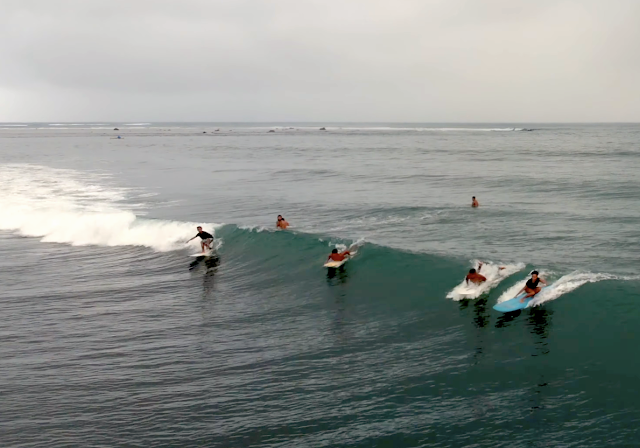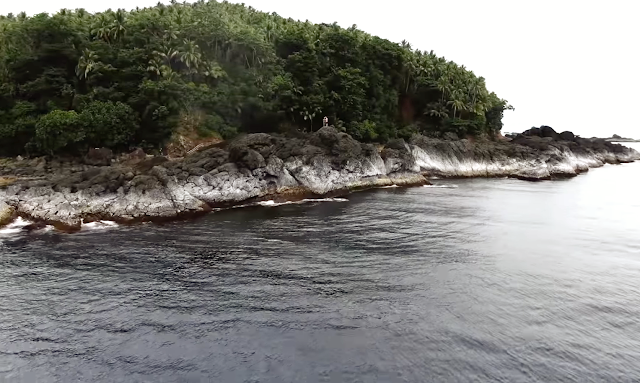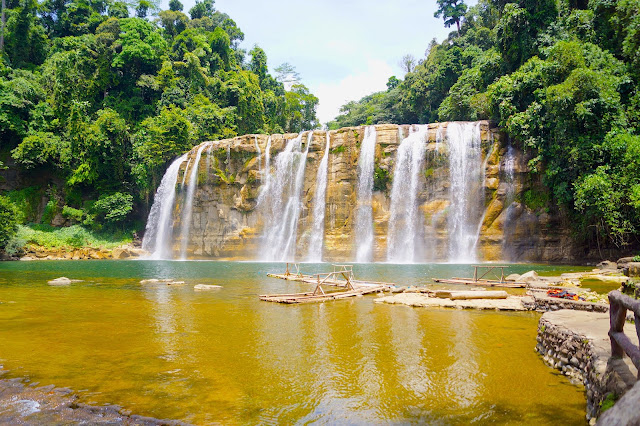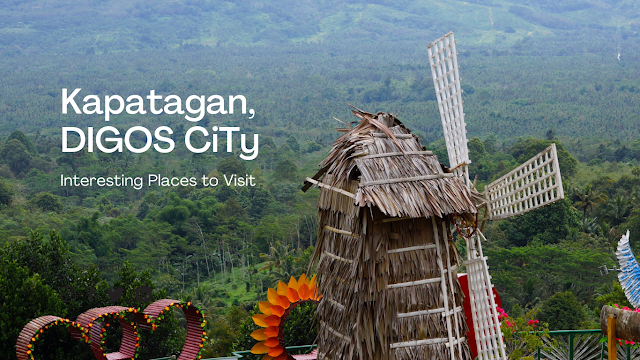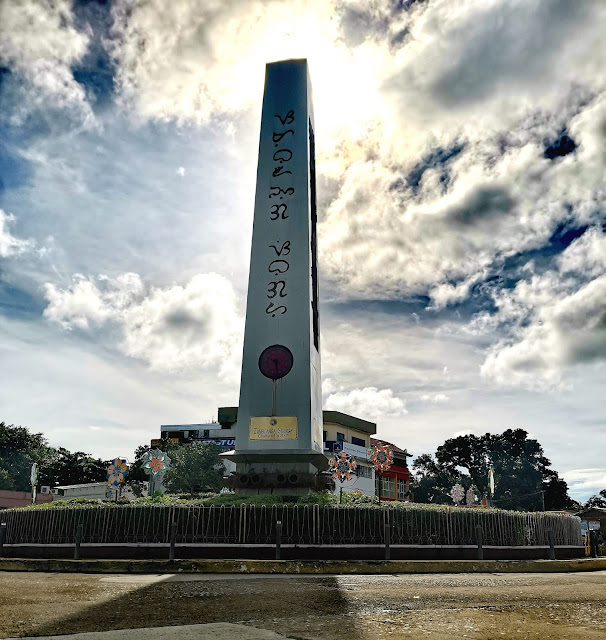An eco-tourism adventure in San Agustin, Surigao del Sur: Protecting the environment while having fun
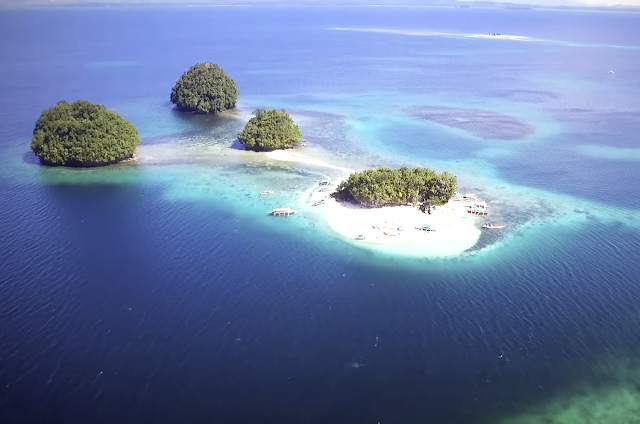
San Agustin is a small town located in the northeastern part of Mindanao, Philippines. San Agustin is bounded by the municipalities of Tagvina to the north, Tandag to the east, Bayabas to the south, and Ringigig to the west. San Agustin's economy is primarily agricultural, with rice and corn being the main crops. Other crops are coconuts, abaca, fruits, and vegetables. Fishing and ranching are also important livelihoods.


